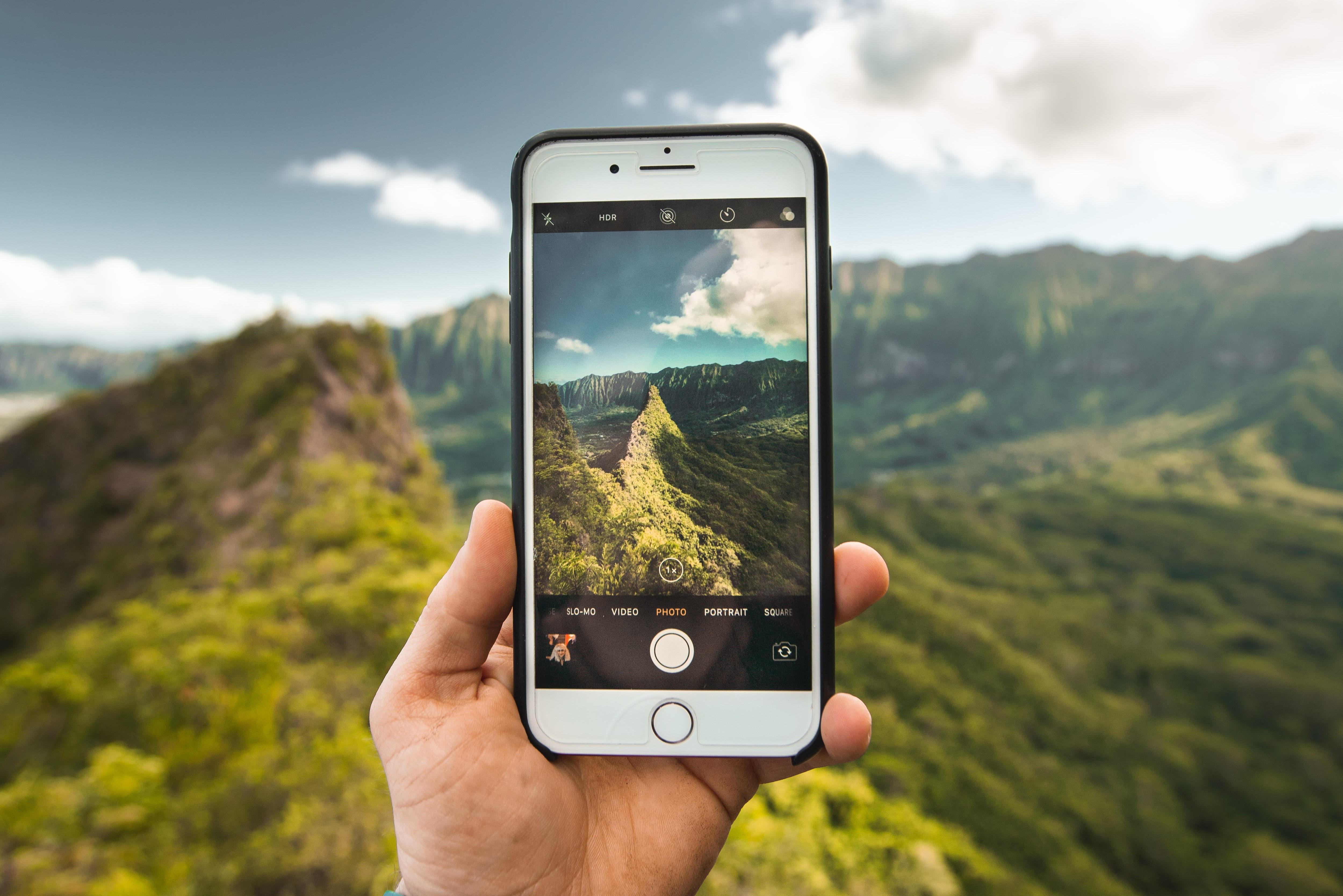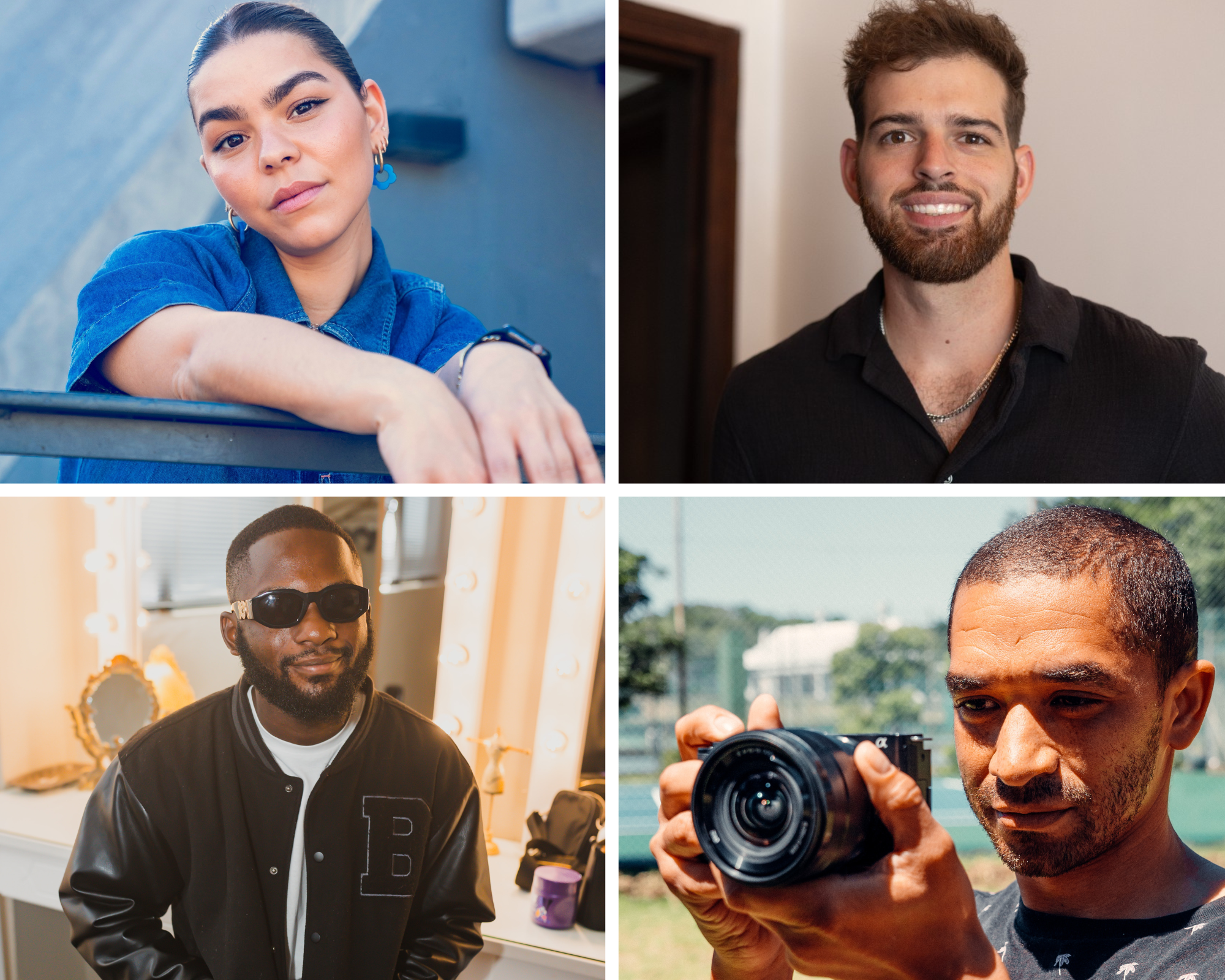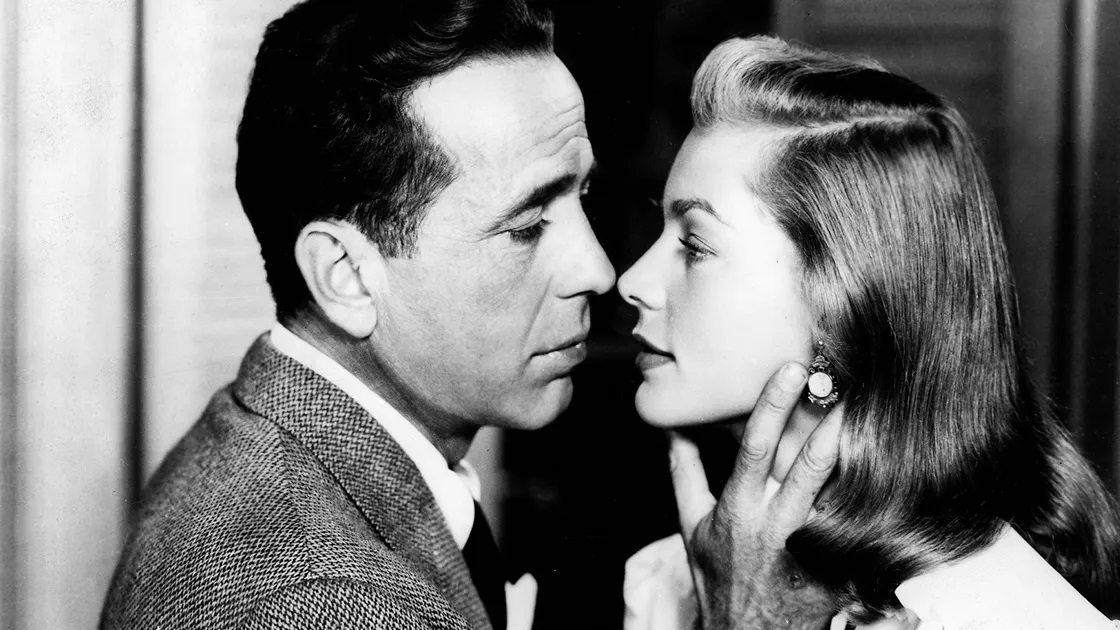The first cellphone camera released to the public was the Kyocera Visual Phone VP-210 in May 1999. It featured a single front-facing 110,000-pixel camera and was capable of storing up to 20 JPEG digital images. Since then, the world of smartphone photography has exploded and has all but consumed our daily lives. Apps like Instagram, Facebook and TikTok have definitely been some of the driving forces behind our obsession. It’s estimated that more than 1.7 trillion photographs are taken annually, with 92% of those taken on a smartphone. Due to their affordability and accessibility, smartphones have contributed to an 80% drop in digital camera sales since 2010.
Over the past 22 years, the smartphone camera has undergone significant changes and improvements. Today it is one of the main features that consumers look forward to when new devices are released. Thanks to the continual progress and upgrades made to smartphone cameras, people have created entire careers out of smartphone photography and content creation. With plenty of opportunities, careers and awards, with the iPhone Photography Awards in its 15th year, there’s never been a better time to explore the fascinating art of smartphone photography.
Let’s Dive In
There are plenty of features on most modern smartphone cameras that can compete with some top-of-the-range digital cameras. Smartphone cameras are designed to be more intuitive and user-friendly, making it easy for anyone to try their hand at photography. We unpack some of the best ways to optimise your smartphone photography experience.
Activate HDR
HDR (High Dynamic Range) is a great feature that helps to bring out the darkest and lightest elements in your photograph to create a more dynamic image. Most smartphones are equipped with this feature, and it is best used when capturing landscape or portrait shots. With HDR turned on, your camera will take slightly longer to process the image, so give it a few seconds before you move your hands.

The Rule Of Thirds
Probably one of the oldest rules in photography, the rule of thirds holds true in even the most modern forms of the practice. The rule states that every image is split into nine equal blocks forming a three-by-three grid. To create a great image, photographers should aim to place their subject at the intersection of the grid lines. Instead of imagining where these gridlines are located, smartphones allow users to display the gridlines on the screen, allowing them to create beautiful imagery.

Focus And Exposure Control
Once you’ve activated HDR and have your subject perfectly aligned along your grid lines, you can go ahead and focus your image and adjust your exposure. This is as simple as tapping your screen on the spot that you would like to bring into focus. This will also bring up a mini sun icon that will allow you to adjust the exposure of your image.

Shoot In Burst Mode
Burst mode is one of the best ways to capture the perfect shot. When shooting in Burst Mode, the camera captures several images in quick succession. This is great for shooting fast-moving subjects or high-speed events. While it may take up a bit of space on your phone, you can quickly delete any undesirable photos.
Edit On The Go
There are plenty of apps available to smartphone photographers that will elevate your work and make it stand out from the ocean of images on the internet today. Some popular favourites include the Adobe Photoshop and Lightroom Express apps, Snapseed, VSCO, and more. Many of these apps also allow photographers to capture and edit in RAW format. The great thing about having your photographs and editing program on the same device is that you can capture, edit and upload your image in minutes.
Benefits of Smartphone Photography
One of the standout features of smartphone photography is its mobility. We take our smartphones with us everywhere we go. This opens your photographic experience to a world of possibilities.

Morning Commute
If your morning commute involves navigating the bustling city streets, this is an excellent opportunity for you to explore a little street photography. Smartphones are inconspicuous enough for you to capture amazing street shots without attracting too much attention to yourself.
Portraits
During Covid-19, some of the world’s most renowned photographers had to rely on their smartphone cameras to produce imagery for their platforms. Many were afraid that this would result in poor quality work. However, photographers were able to produce dynamic portraits that proved that it’s not the camera that makes the photographer.

Macro
Want to capture some pretty bugs without scaring them away with your hefty gear? Why not try capturing them on your smartphone? The latest smartphone cameras feature excellent zooms that don’t affect the quality of your images too much. You can also invest in a smartphone macro lens to help capture your subjects’ exceptional detail.
Candids
Your smartphone camera is by far the best tool for candid images. You can photograph your subjects in their most natural form without disturbing the scene. In a world of perfectly curated feeds, candid photos are a great way to create beautiful, natural imagery.









